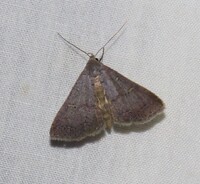
| Recorded by: B. Bockhahn on 2025-06-01
Currituck Co.
Comment: | 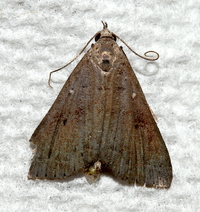
| Recorded by: David George, Jeff Niznik on 2025-05-24
Richmond Co.
Comment: |
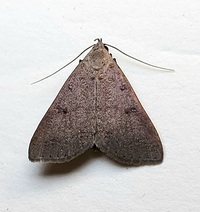
| Recorded by: Mark Basinger on 2025-05-22
Wilson Co.
Comment: | 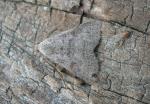
| Recorded by: R. Newman on 2024-08-14
Carteret Co.
Comment: |

| Recorded by: Mark Basinger on 2024-05-01
Wilson Co.
Comment: | 
| Recorded by: Mark Basinger on 2024-05-01
Wilson Co.
Comment: |

| Recorded by: David George, Jeff Niznik, Rich Teper on 2024-04-17
New Hanover Co.
Comment: | 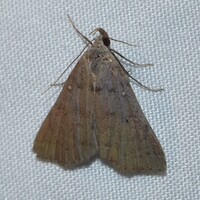
| Recorded by: David George, Jeff Niznik, Rich Teper, Erich Hofmann, Jesse Anderson on 2023-05-22
New Hanover Co.
Comment: |
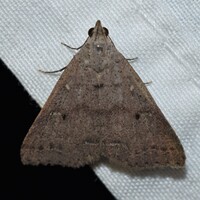
| Recorded by: David George, Jeff Niznik, Rich Teper on 2023-05-21
New Hanover Co.
Comment: | 
| Recorded by: Darryl Willis on 2022-08-19
Cabarrus Co.
Comment: |
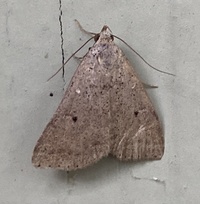
| Recorded by: David George, Becky Watkins on 2022-05-22
New Hanover Co.
Comment: | 
| Recorded by: R. Newman on 2021-07-19
Carteret Co.
Comment: |
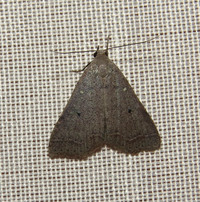
| Recorded by: Ed Corey on 2013-06-04
Bladen Co.
Comment: | 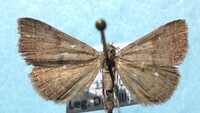
| Recorded by: Darryl Willis on 2012-08-18
Cabarrus Co.
Comment: |

| Recorded by: Paul Scharf on 2010-08-23
Warren Co.
Comment: |

 »
»

 »
»